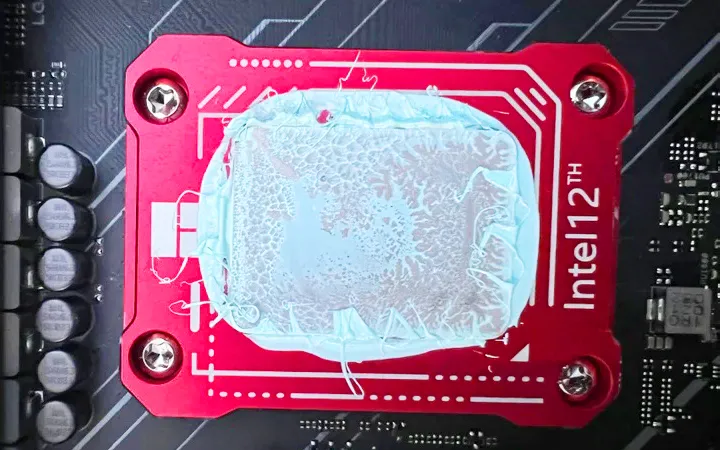Thermal Silicone Grease or Thermal Silicone Pad: Which Provides Better Heat Transfer?
- Posted on:2023-03-30 09:42:00
- Source:AOK Thermal Pad Manufacturer FAQs
Thermal silicone grease provides better heat transfer than thermal silicone pad. This is because thermal silicone grease has a higher thermal conductivity than thermal silicone pad. Thermal silicone grease is a thick paste that is applied between two surfaces to improve heat transfer, while thermal silicone pad is a thin sheet that is placed between two surfaces. Although thermal silicone pad is easier to use and apply, it has a lower thermal conductivity than thermal silicone grease, which reduces its effectiveness in transferring heat.
Both these products are excellent thermal interface materials(TIMs). Both of them have their fair share of advantages and disadvantages. When you apply thermal silicone grease properly, it can fill all the air gaps between the surface of an IC and the surface of the heat sink. As a result, most CPU and GPU manufacturers recommend good quality thermal compound to transfer heat away from the chips.
Thermal silicone grease are good materials to transfer heat. But you have to apply very carefully and make sure that there is no gap between the surface of the chip and the heat sink. If you are beginner and are not sure about the quantity of thermal silicone grease you need for your CPU or GPU or doesn’t know the procedure to apply thermal silicone grease, then you can choose a good quality thermal silicone pad as a suitable replacement without any doubt.
If you have enough experience with thermal silicone grease or compounds, then we recommend a good quality thermal silicone grease with your CPU or GPU. If you are dealing with slightly low power devices such as NAND Flashes, or Integrated Circuits (other than CPU, GPU and Power MOSFETS), then a thermal silicone pad is a much better option as all the surfaces are relatively flat.
If the surface isn’t flat, then thermal silicone grease can easily spread into all the gaps and provide better thermal conductivity. Electronics run hot and we need to transfer this heat away from them so that they continue to run without failure or thermal throttling. As a result, we use heat sinks and cooling fans with our CPUs, GPUs, Power MOSFETS, and other electronic components.
But the problem with direct application of heat sink on top of an IC is that there will be small gaps between the two surfaces and this gap is filled with air. We know air is an insulator of heat and hence, the heat from the IC will not transfer to the heat sink very efficiently. Thermal interface materials are responsible to increase the thermal conductivity between two surfaces, in this case, between the CPU or GPU and its heat sink.
If we have a thermal silicone grease vs thermal silicone pad showdown, then the answer depends on the type of application, ease of use and good thermal conductivity.
If you would like to learn more about AOK performance thermal materials, please visit our website at www.aok-technologies.com.


